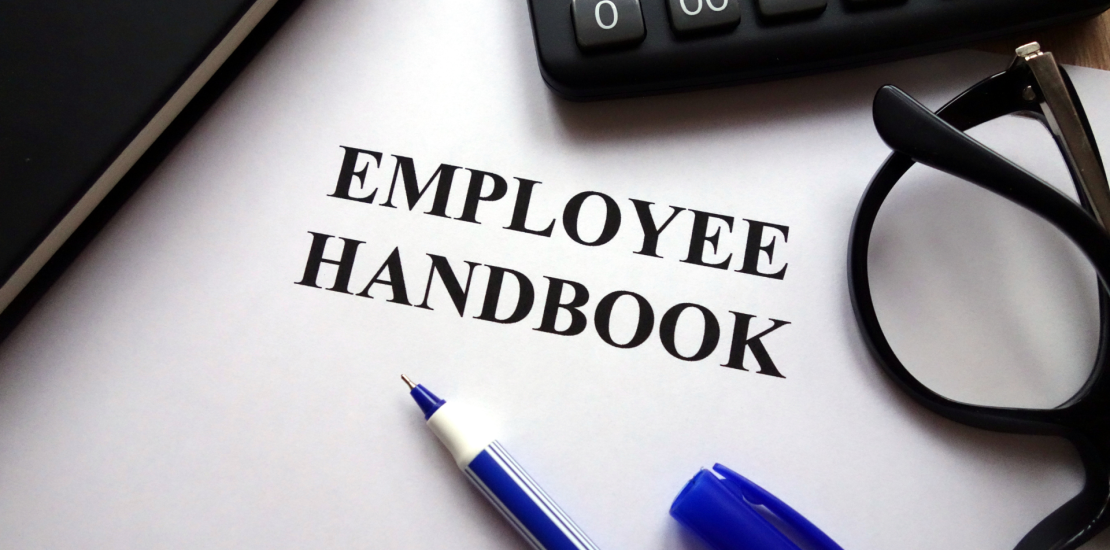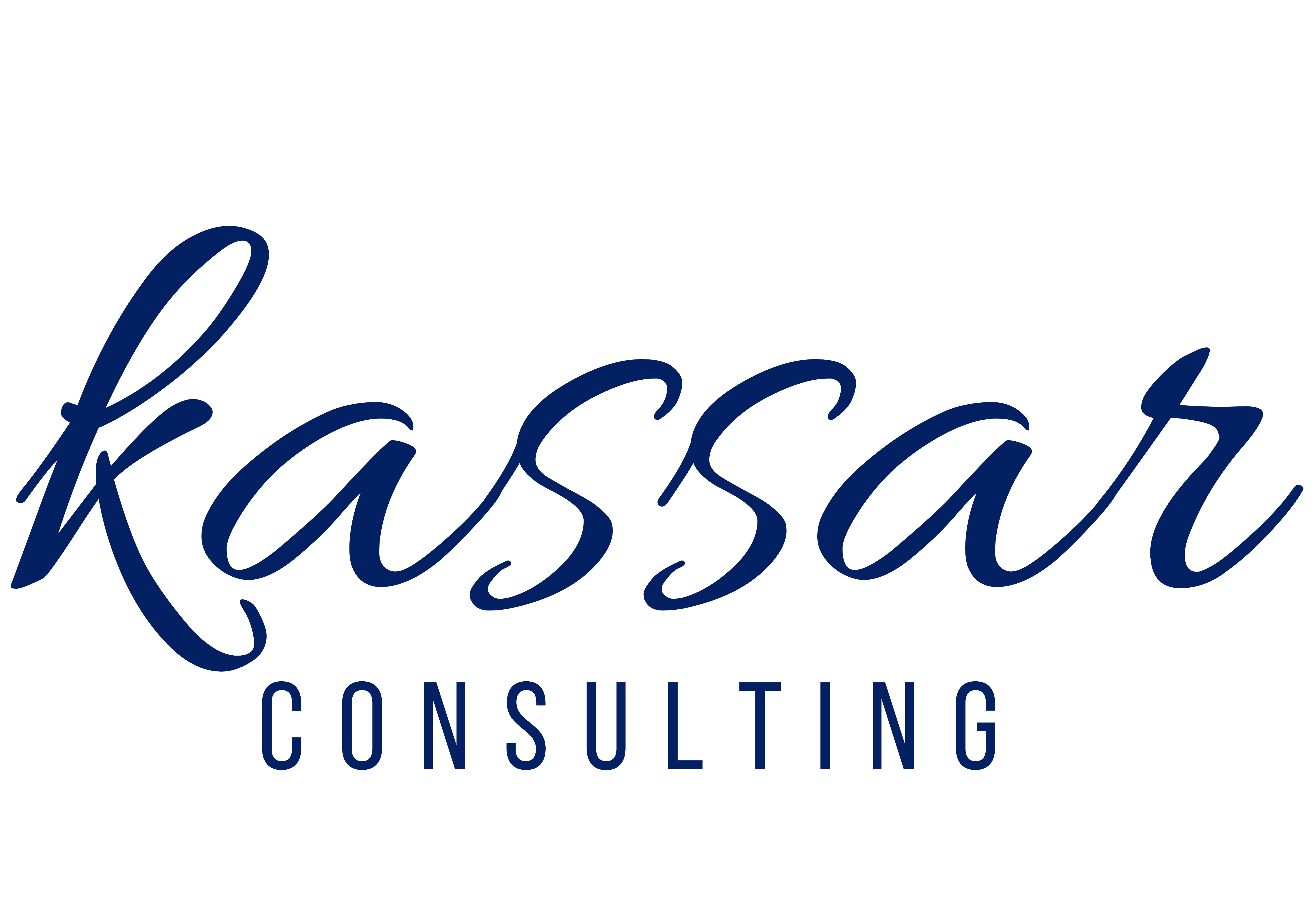Creating Your Employee Handbook? Don’t Include These 3 Things
- December 29, 2022
- Posted by: kcadmin
- Category: Policies and Procedures

When first starting your business, an employee handbook may not seem like that much of a priority. After all, it’s just a bunch of rules and paperwork, right? The truth is quite the opposite. When complex situations arise, you’ll want to lean on a well-written handbook to serve as a framework and reinforce your decisions, leading to clarity and accountability for everyone involved. In fact, putting all of your expectations in writing for the whole team to review and sign can protect your business, reputation and your peace of mind. Once you’ve made that decision, it may be tempting to start developing a handbook right away, thinking of all of the things you’ll want to cover (What happens if someone has poor attendance? What if there’s a big argument with a client? What do I do if someone is getting harassed or there’s theft on the job?). Before you start this endeavor, consider these three things that don’t belong in your handbook, and save yourself time in the process:
- Empty consequences. Once an employee handbook is created, business leaders have a responsibility to actually use it. That means that every time a situation arises, a policy decision is made, or there’s a conflict that needs to be addressed, the handbook should be consulted first. If the handbook is only considered an afterthought, then you run the risk of making inconsistent decisions and violating your own established policies. This can wreak havoc on the team and cause unnecessary amounts of risk and liabilities for your company. In order to protect yourself and all that you have built, the handbook should be enforced the same way, for everyone, every time.
- Job descriptions. Often, business owners make the mistake of thinking “handbook” is synonymous with “document that contains all of the information about the business and its operations”. That is certainly not the case – while job descriptions are important, they should not be part of an employee handbook. Why? Simply put, job descriptions are specific to a particular role, and the employee handbook applies to the entire team. A job description provides an overview of what a position is along with the corresponding responsibilities. These should be outlined in a separate operations manual. Handbooks are to establish policies and expectations for everyone, no matter their role in the company.
- Cookie cutter language. An effective employee handbook is realistic. What does that mean? Your company is unique and your employee handbook should be customized to the lived experience of working there. The handbook should honestly reflect who you are and what you expect from your team in order to guide their behavior and performance. While employee handbook templates may seem like a quick and easy solution, they should only serve as a starting point. After obtaining a template or sample handbook, you should still tailor it to your brand and workplace culture. Investing the time that it takes to do this makes the handbook more impactful and likely to be used on an ongoing basis.
